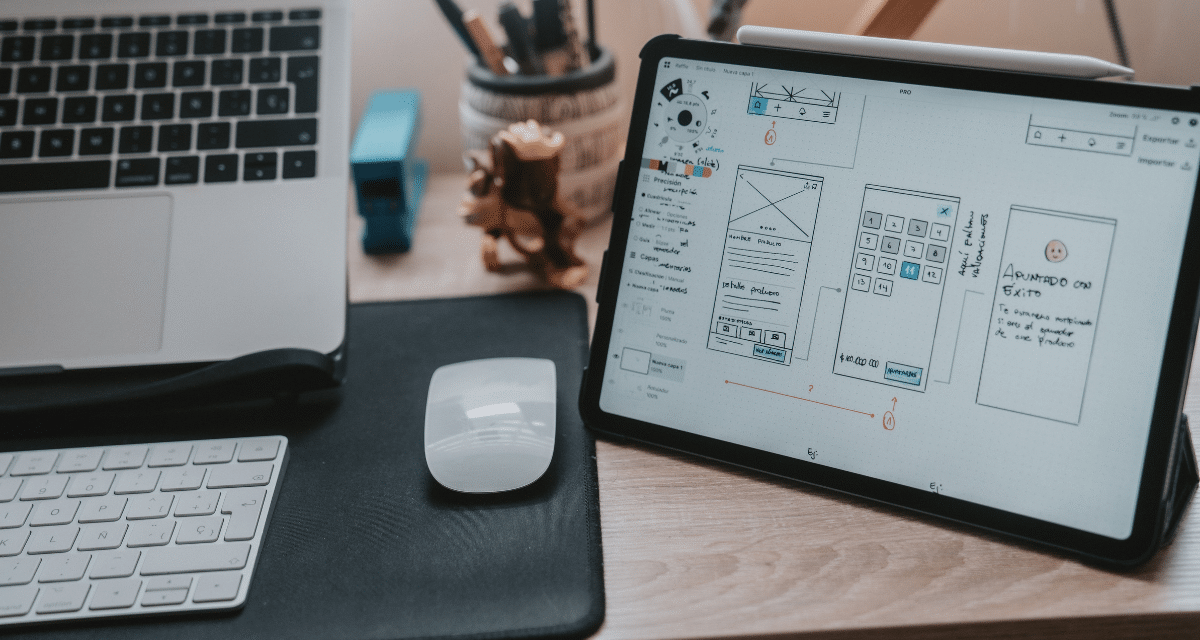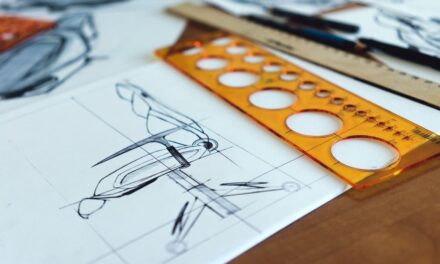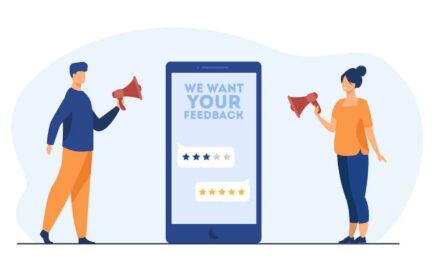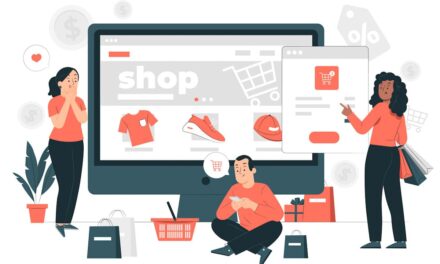There are many debates on the difference between customer experience (CX) and user experience (UX). The term “UX” has existed for longer than “CX”, it was created by Don Norman in the 1990s. Customer experience is a more recent concept that has only started to be recognized for a dozen years. UX and CX are both essential to the success of a brand. What is the difference between the two and how do they complement each other? In this article, we will present the main similarities and differences between UX and CX so that you never do the confusion again.
What is user experience (UX)?
The user experience focuses on people who interact directly with a unique product or service. The product is most often a mobile application, a website or even software. However, some companies can also hire UX designers to help them develop non-numerical products. But whether it is an interface or the latest toaster model, the UX focuses only on the conviviality of a product.
UX designers often analyze how pleasant it is to use a specific service or how much someone can learn to use a product. Subjects such as information architecture, visual hierarchy, navigation and learning capacity are at the forefront of the UX design process.
What is customer experience (CX)?
The customer or CX experience is much wider. It brings together all customer interactions with a company, products or services. In this way, the CX includes, in a way, the user experience. Various companies hire CX designers to analyze and assess what customers think of their brand as a whole and to improve the way they interact with them. The CX takes into account the perception of the customer in the face of the advertising strategy of a company, the reputation of the brand, customer service, prices, delivery methods, the user -friendliness of the products and the general sales process.
The objectives of the UX and the CX?
The UX and the CX share the objective of improving experiences, whether by improving strategy, modifying culture or adopting user -focused design methods. Part of the work of a UX or CX designer consists in identifying the parties of an experience that cause frustration in users, block the achievement of objectives or generate negative emotions and opinions. They will then work to solve these problems, whether at level CX (for example by training and the development of staff) or at the UX level (such as the reorganization of the sales tunnel or the payment process). However, UX and CX focus on different sets of objectives.
UX objectives:
- Helping users to accomplish tasks successfully and with a feeling of satisfaction.
- Make the interactions as simple and accessible as possible for all users.
The objectives of the CX:
- Help customers live good experiences whenever they interact with a component of your site.
- Offer an experience that surpasses competitors and provides a point of differentiation
- Promote customer loyalty.
- Develop the Brand Equity.
UX and CX in practice
The activities involved in the CX and the UX overlap significantly, while showing obvious differences.
UX activities may include:
- Design a platform for unique interactions such as a website, telephone service or a digital tool.
- Entering product research and developing Buyer Persona.
- Test and iteration of the different conception versions using the comments of the end users.
- Use of best practices and experts from experts from a wider experience (called UX models) to create such pleasant and friction experiences as possible.
- Work with product managers, developers and graphic designers to support the end user at each stage of the purchasing process.
CX activities are likely to be wider. In addition to UX practices above, CX professionals go:
- Search and map customer journeys by integrating several interaction points in an omnichannel space.
- Use market studies and customer return to acquire an in -depth understanding of emotions, expectations and aversions.
- Study the customer experience at the relational level, by covering the cumulative impact of several contact points, impressions and interactions.
- Work with all levels and skills within a company to understand the commercial objectives.
- Develop transparent and flawless customer service to improve customer satisfaction.
- Work to influence corporate culture, by encouraging a “First Client” state of mind with all staff members
Now that we have explained what the UX and the CX intervene, let's see how they work hand in hand. User experience is a crucial element in customer experience. Thus, the two disciplines can go hand in hand in many ways.
UX and CX: customer satisfaction above all
In the end, CX and UX are both focused on the level of consumer satisfaction when he interacts with a company. If a user is satisfied with a product, it is likely that it has a good perception of this company as a whole. And conversely, if a consumer is not satisfied with the marketing process or the purchase of a company, there is a good chance that he does not even have the possibility or the desire to interact with a service or a product offered by this brand.
Watch customer reviews
Understanding this key relationship between CX and UX can have a fairly important advantage in terms of a company's overall success to increase its results. It is no longer enough to have a solid and easy to use product. Customers are ready to pay more if they have a good relationship with a business. This means that you have to pay attention to customer reviews and comments, how they assess their purchasing experience, contact with customer support or product/service use. It is not enough to have a visually attractive brand if users do not know how to use what they offer.
These areas are so nested that many companies seek to engage people capable of taking into account the two aspects, the UX and the CX. A CX designer that can take into account the complaints of a consumer concerning their experience of using a product is more likely to increase the overall customer satisfaction than other who can not. A UX designer knowing the purchasing habits and customer service needs of its users can often design an interface or a higher quality product. Knowledge of the two in each area can be extremely beneficial for one or the other.






